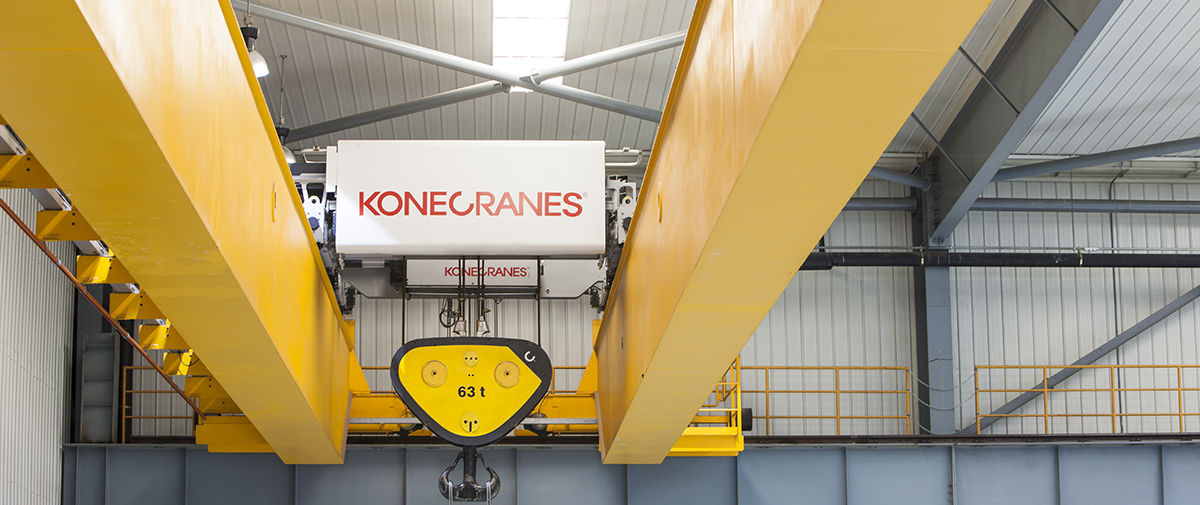An optimal crane hook approach maximizes the use of your crane and building space, and also increases productivity.
Shawn Lynds, sales
In warehouses, factories or facilities that employ cranes for material handling, greater productivity and efficiency is often the key to increased profitability. By knowing the basics of crane hook approach, organizations can achieve greater efficiency with smart crane hook approach design and modifications.
Crane hook approach is a measure of how close the crane hook is able to get to the end of a runway or bridge. The greater the hook approach, the closer the hook can move to the end of the runway or bridge, which translates to more coverage the crane can provide in a facility.
Consider crane hook approach in the design phase
In the design phase, crane hook approach is an important element to consider before any overhead crane, workstation lifting device or jib crane installation. Girder size, trolley length and festoon size are the three primary factors that impact hook approach. Work areas, processes and equipment positions should also be factored in so that crane use can be optimized, and unused facility space minimized.
Certain overhead crane features limit or increase hook approach. For instance, a festoon power cable reduces crane hook approach due to what’s referred to as “stack up.” Stack up takes place because the festoon runs on a track inside a runway or bridge and each loop of the festoon is attached to a three- to five-inch trolley. These trolleys “stack up” on the track, one after the other, eliminating anywhere from a few feet to several feet of crane hook approach because the hook can’t travel past the lined-up festoon trolleys.
To remedy the situation and realize additional crane hook approach, an external power bar can be installed outside the runway as an alternative to a festoon. This eliminates stack up, permitting more hook approach. Power bars can’t be used in every situation, but when they can it’s an economical approach to increased productivity.
Need to limit hook approach? Take advantage of Smart Features
In most cases, maximum crane hook approach is a good thing. There are times, however, when a limit on crane hook approach is desired. Technology such as Konecranes Smart Features allows overhead crane users to automatically limit hook approach, preventing operation in certain restricted zones, such as around an office or in the middle of a production area.
